The Land Transportation Office (LTO) Ormoc refers specifically to the LTO Ormoc District Office (DO), which is the sole LTO office in Ormoc, Leyte. This office is dedicated to serving both local residents and visiting drivers, car owners, and operators who need various LTO-related services while in the city or within its geographical area of responsibility (GAOR).
The presence of this LTO branch enhances accessibility to essential transportation services, while also allowing the agency to effectively monitor and promote the development and safety of Ormoc City’s land transport sector.
As a coastal port city, Ormoc is highly urbanized and functions as the economic, cultural, commercial, and transportation hub of western Leyte. Its abundant agricultural land and coastal location contribute to its rich natural resources, marine biodiversity, and numerous tourist attractions. This makes Ormoc not only an ideal spot for government and business establishments like the LTO but also a popular destination for tourists.
The LTO Ormoc District Office (DO) is the sole Land Transportation Office in Ormoc City, Leyte. As a localized branch of the LTO Central Office, it plays a vital role in delivering transportation services and programs to the community. This office serves as a bridge between the agency and the local populace, ensuring that essential LTO services are accessible and tailored to the needs of Ormoc’s residents.
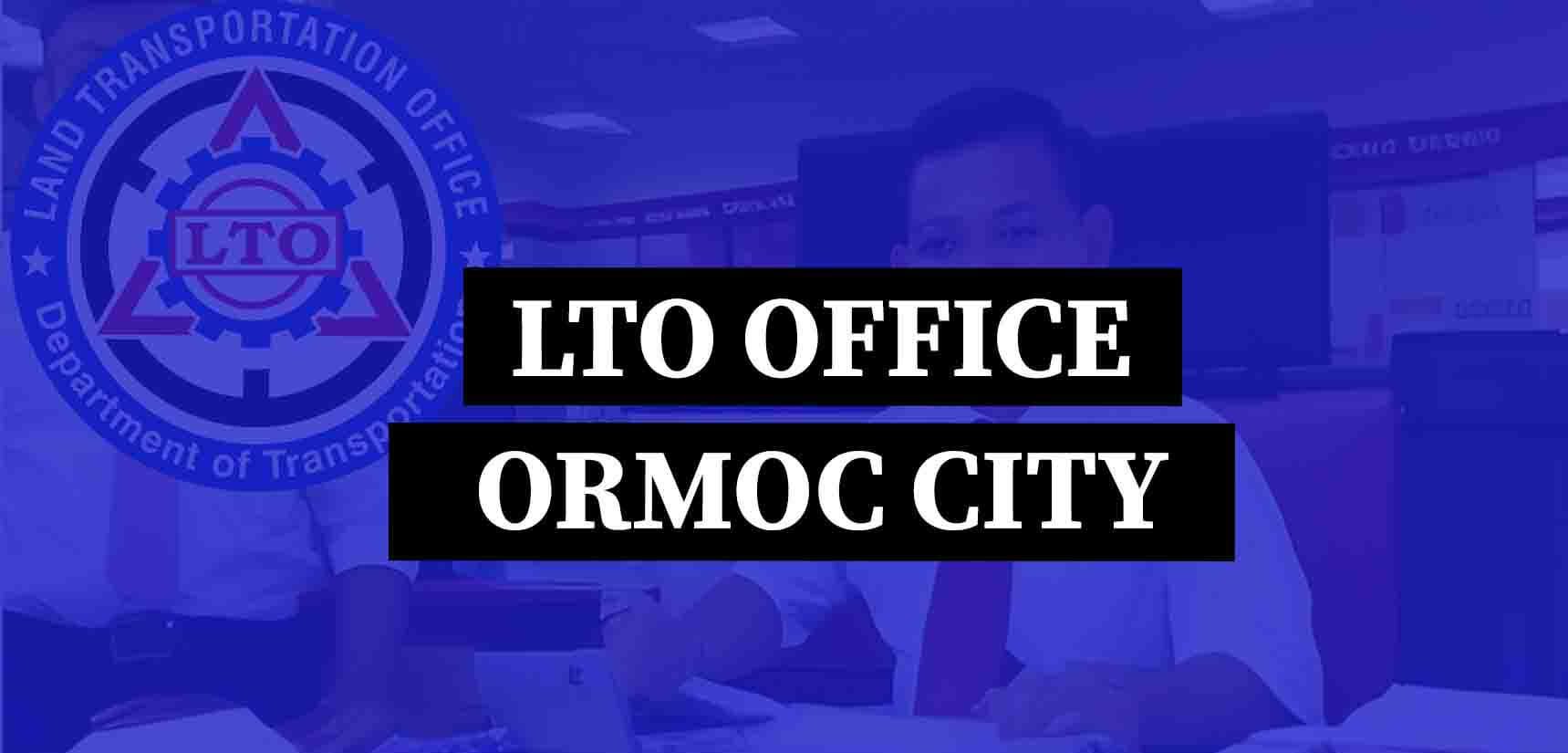
By providing efficient public services, the LTO Ormoc Office-Location and Contact Information enhances the agency’s trustworthiness and reputation among the community. The office facilitates various LTO programs, making it easier for individuals to obtain necessary licenses, permits, and vehicle registrations. Its presence not only streamlines the processes involved in these transactions but also promotes road safety in the region.
However, being the only full-service LTO office in the area, visitors should be prepared for potential long wait times. Nonetheless, the office remains committed to making LTO services more convenient and affordable for the residents of Ormoc City.
List of Services Offered by the LTO Ormoc Office
To fulfill its mission of providing fast and effective public service, the LTO Ormoc extends a variety of essential services. Here are some of the most commonly requested services available:
-
Obtaining Licenses and Permits:
- Student Permit: Required for those starting their driving education.
- Non-Professional Driver’s License: For individuals who drive passenger vehicles.
- Conductor’s License: Necessary for those operating public transport.
-
License Renewals:
- Renewal of Driver’s or Conductor’s License: Available in both plain and advance formats, including renewals for Filipinos living abroad.
- Expired License Renewals: Includes examination for those with more than ten but fewer than forty demerit points.
-
License Transactions:
-
Vehicle Registration Services:
- Initial Registration of Motor Vehicles (MVs): For first-time registrations.
- Renewal of MV Registration: Essential for maintaining the legality of vehicle operation.
-
Miscellaneous Transactions:
- Re-stamping of Engine/Chassis Numbers: For vehicle identification purposes.
- Inspection of Motor Vehicles: Ensuring compliance with safety and regulatory standards.
- Duplicate Licenses and Registration Documents: For lost or damaged documents.
-
Accreditation Services:
- Medical Clinic Accreditation: New and renewal processes for clinics providing medical services for driver applicants.
- Driving School Accreditation: Ensuring that driving schools meet LTO standards.
-
Public Safety and Enforcement:
- Traffic Adjudication Services: Includes the lifting of alarms and certification of no pending apprehensions.
- Drug and Emission Testing: Ensuring drivers comply with health and environmental regulations.
-
Self-Service Kiosks:
-
- Automated Driver’s License Examination System (ADLES): For applying for new driver’s licenses.
While the LTO aims to offer all of these services, availability may vary by location. It is advisable to check with the LTO Ormoc office beforehand to confirm that the specific service you need is provided.
How to Contact LTO Ormoc ?
Reaching the LTO Ormoc District Office (DO) is straightforward. You can connect via phone, email, or through social media channels. Whether you need information or assistance about LTO Ormoc Office-Location and Contact Information, the following contact details will guide you:
LTO Ormoc District Office (DO)
- Agency Code: 0832
- Location: Brgy. Cogon, Aunubing St., Ormoc City
- Contact Number: (053) 561-2169
- Managing Director: Araceli B. Diaz
- Email: [email protected]
- Operating Hours: Monday to Friday, 8 AM to 5 PM
For broader inquiries or issues that might require regional assistance, you can also contact the LTO Region 8 (Eastern Visayas) office:
LTO Region 8 (Eastern Visayas) Regional Office
- Agency Code: 0800
- Location: Government Center, Candahug, Palo, Leyte
- Phone Number: (053) 888-4672
- Regional Director: Rhodelio V. Poliquit
- Email: [email protected] / [email protected]
- Operating Hours: Monday to Friday, 8 AM to 5 PM
Where is Ormoc City?
Ormoc City is the second-largest city in the Eastern Visayas region and serves as a first-class coastal independent component city. It acts as the economic, cultural, commercial, and transportation hub of western Leyte. The city is bordered by various municipalities: Matag-ob and Merida to the northwest, Kananga and Carigara to the north, Jaro, Pastrana, and Dagami to the northeast, and Albuera to the south.
Geographically, Ormoc is characterized by its picturesque rivers and mountain ranges that separate it from the eastern part of Leyte. The city proper is flanked by several rivers, including the Bao and Pagsangahan in the north and the Bagong-bong and Panilahan in the south, enhancing its natural beauty and accessibility.
Google Map Location
FAQs about LTO Ormoc
Q1: What services does the LTO Ormoc District Office offer?
A: The LTO Ormoc District Office provides a variety of services, including obtaining and renewing driver’s licenses and permits, vehicle registration, conducting examinations for licenses, and other miscellaneous transactions related to land transportation.
Q2: How can I set an appointment with the LTO Ormoc?
A: You can schedule an appointment through the Land Transport Management System (LTMS) portal online or by calling the LTO Ormoc District Office directly.
Q3: What are the operating hours of the LTO Ormoc office?
A: The office is open from Monday to Friday, 8 AM to 5 PM.
Q4: Do I need to bring any documents when visiting the LTO Ormoc?
A: Yes, it’s essential to bring relevant documents such as identification, previous licenses, and any other paperwork related to the service you are seeking. It’s advisable to check specific requirements for your intended service beforehand.
Q5: Can I contact the LTO Ormoc office via email?
A: Yes, you can reach out to the LTO Ormoc District Office via email at [email protected] for inquiries or assistance.
Conclusion
The LTO Ormoc District Office plays a vital role in ensuring that residents and visitors in Ormoc City have access to essential land transportation services. With its comprehensive range of services, from licensing to vehicle registration, the office strives to facilitate efficient and accessible public service.
For a seamless experience, it’s recommended to prepare the necessary documents and consider scheduling an appointment in advance. By doing so, you can avoid long queues and ensure that your needs are promptly addressed. If you have any further questions or need assistance, the contact details provided will guide you in reaching out to the LTO Ormoc office. Whether you’re a local driver or a visitor, the LTO Ormoc is committed to supporting your transportation needs and promoting road safety in the community.
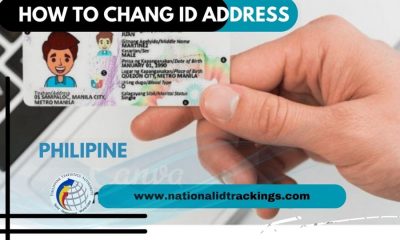
 Uncategorized12 months ago
Uncategorized12 months ago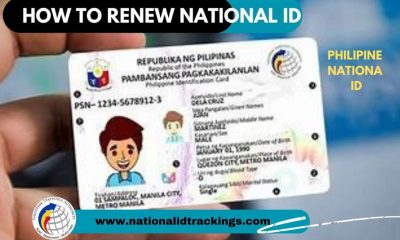
 Uncategorized11 months ago
Uncategorized11 months ago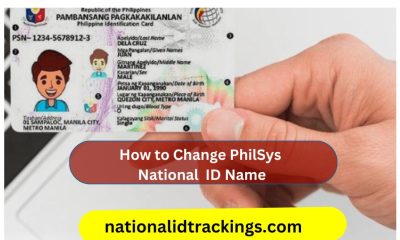
 Uncategorized11 months ago
Uncategorized11 months ago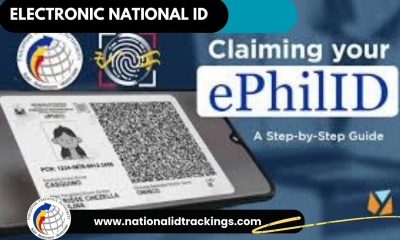
 Uncategorized12 months ago
Uncategorized12 months ago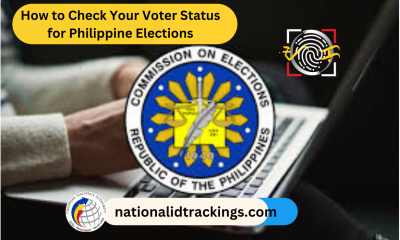
 Uncategorized11 months ago
Uncategorized11 months ago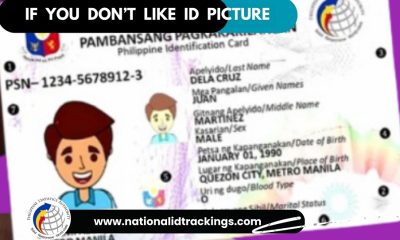
 Uncategorized12 months ago
Uncategorized12 months ago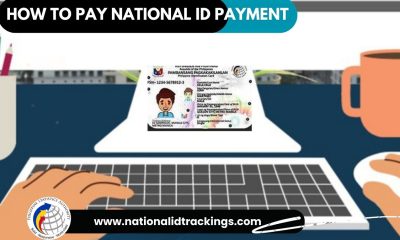
 Uncategorized11 months ago
Uncategorized11 months ago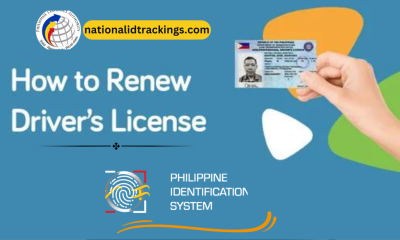
 Uncategorized11 months ago
Uncategorized11 months ago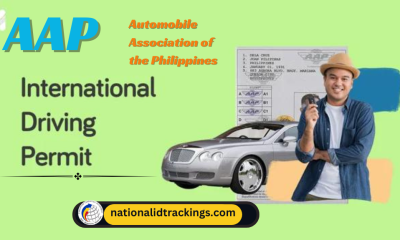
 Uncategorized11 months ago
Uncategorized11 months ago
 Uncategorized9 months ago
Uncategorized9 months ago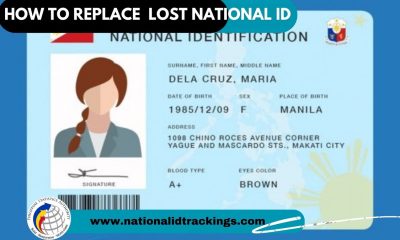
 Uncategorized11 months ago
Uncategorized11 months ago
 Uncategorized9 months ago
Uncategorized9 months ago
-Feb-07-2024-03-07-18-5160-AM.png?width=600&height=400&name=Pics%20for%20blog%20-%20600x400%20(1)-Feb-07-2024-03-07-18-5160-AM.png)